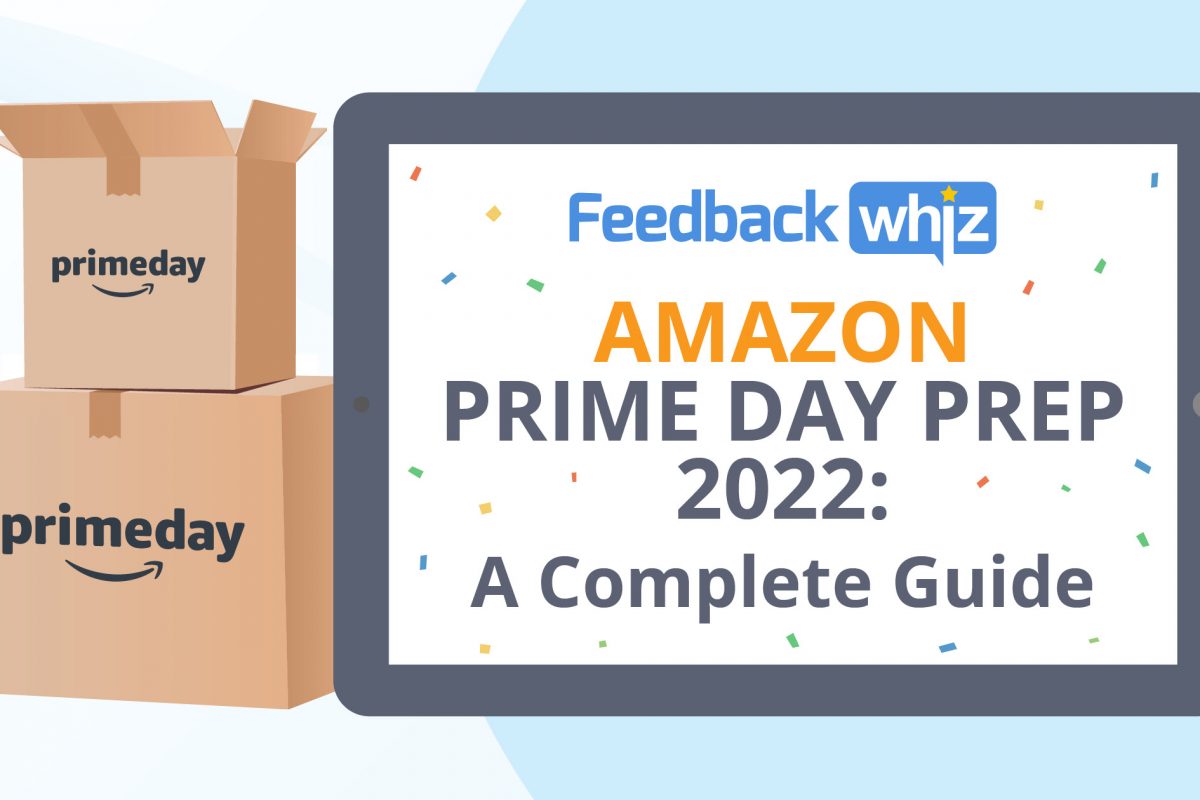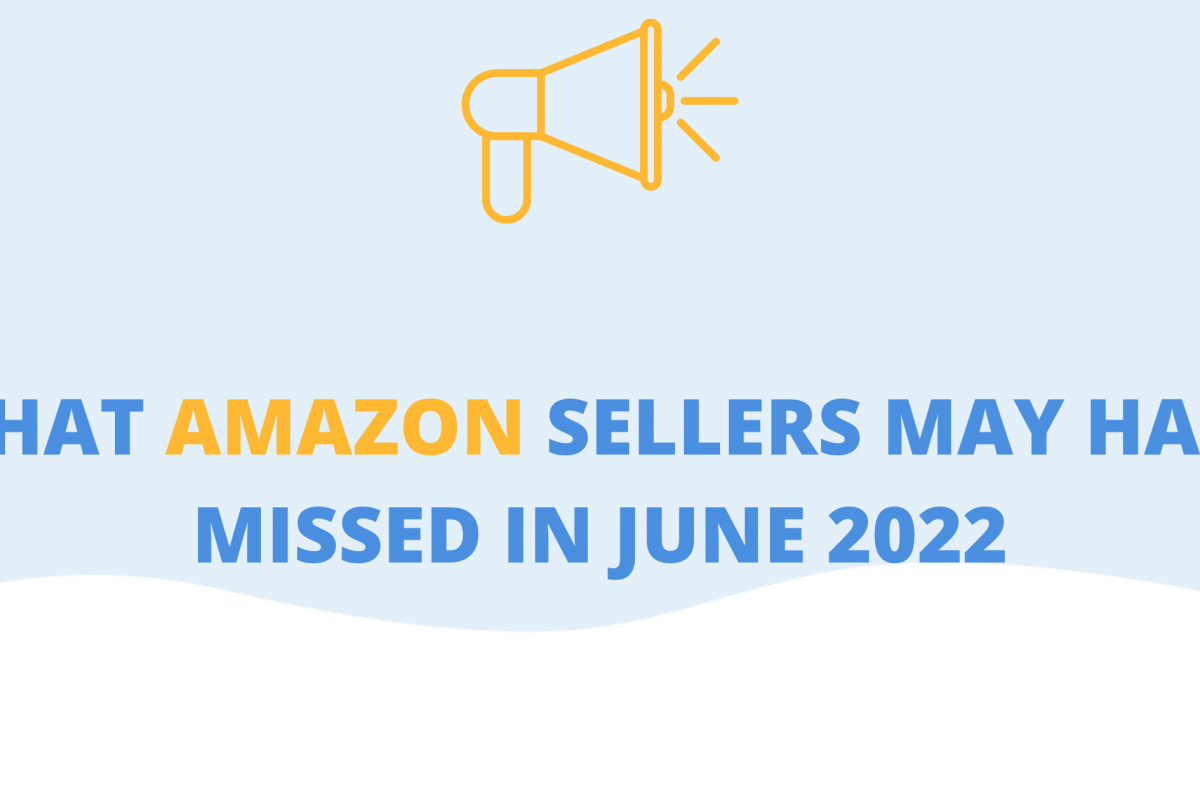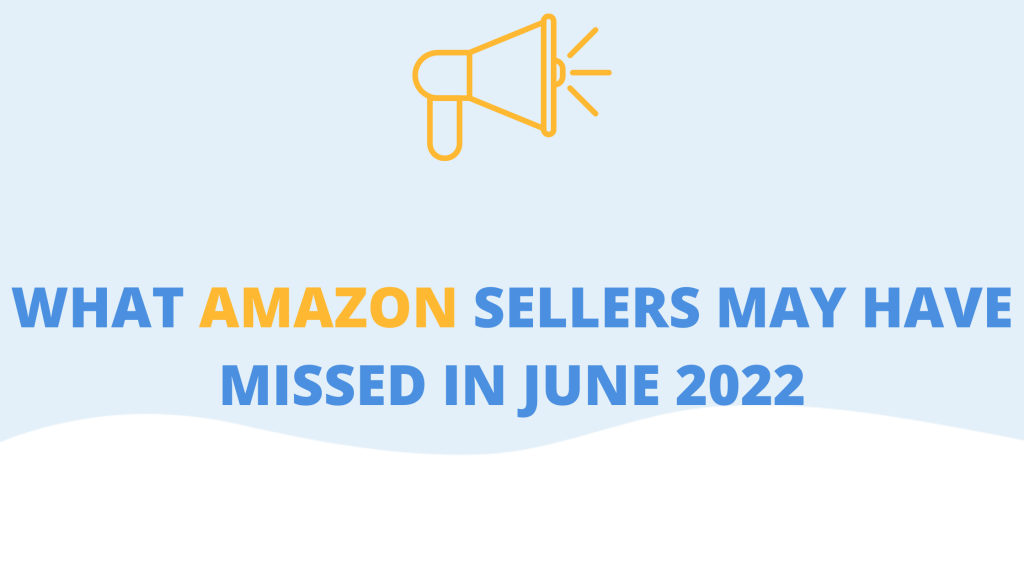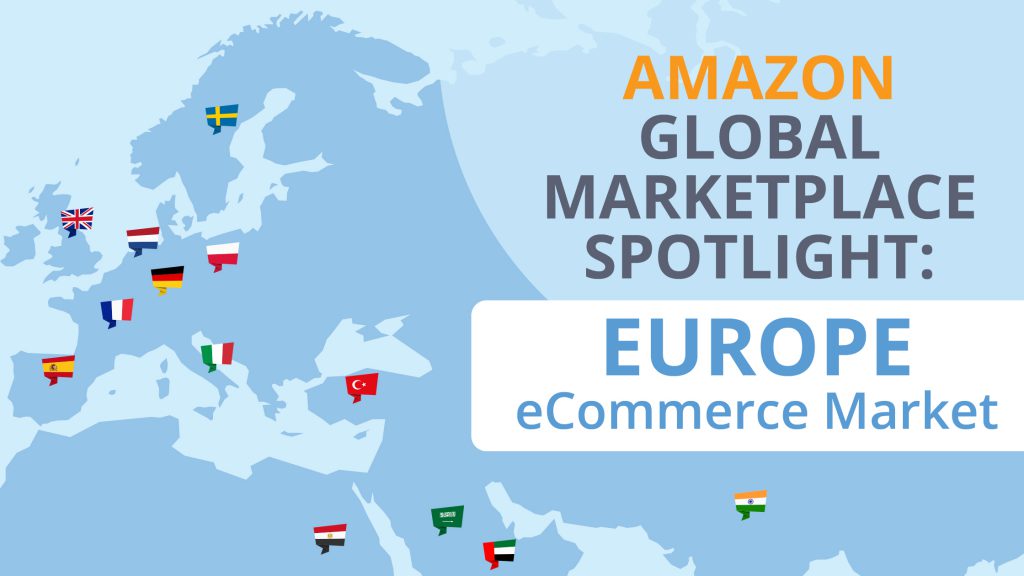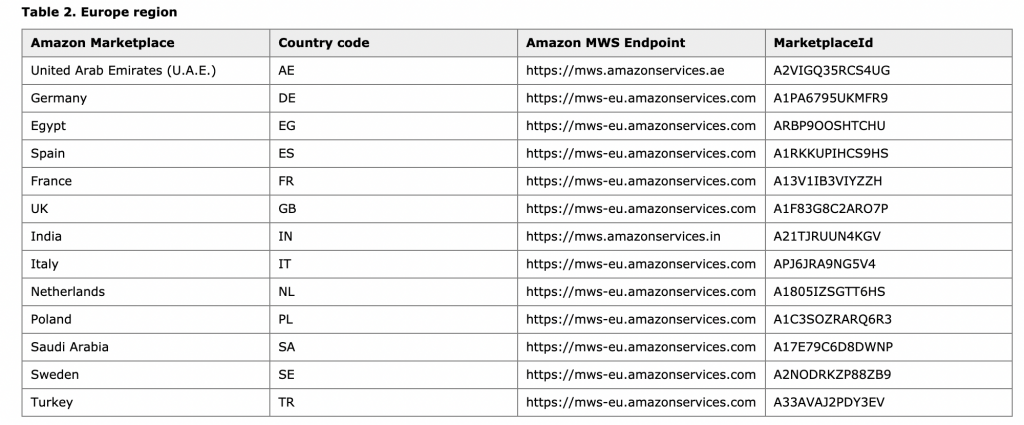[ad_1]
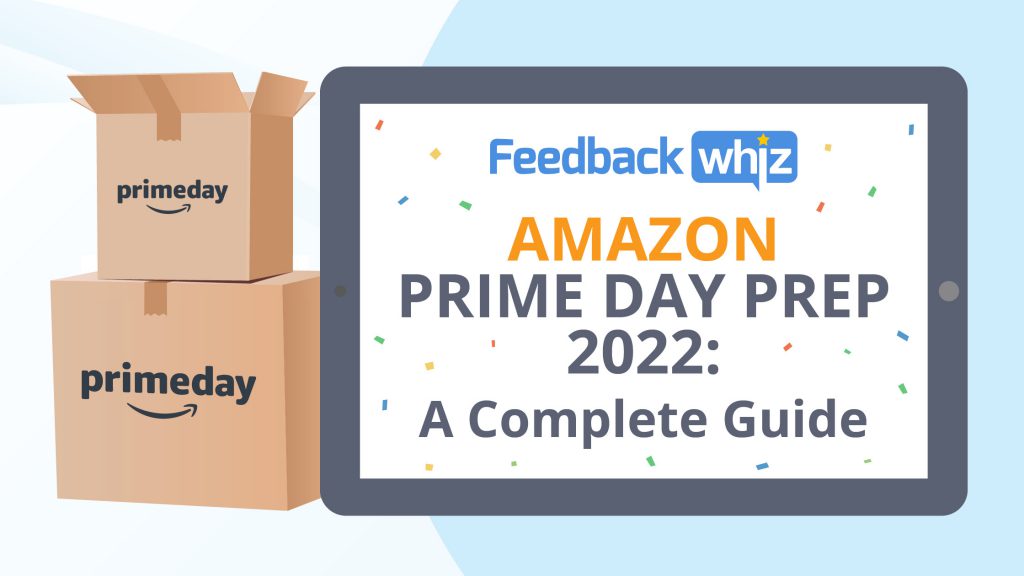
Amazon Prime Day has become one of the biggest annual shopping events of the year since its inception in July of 2015. It is a testament to how powerful Amazon is in the retail marketplace that it was able to essentially create its own holiday each summer that is exclusively available to Amazon Prime members.
The date for Prime Day this year is July 12-13, per Amazon’s recent announcement.
That said, Amazon Prime Day 2021 was held Monday, June 21 through Tuesday, June 22, 2021. That’s unusual timing for the sale. If Amazon chooses to repeat the early timing for its Amazon Prime Day 2022 sale, it’s possible that Prime Day could fall on Monday, June 20 and Tuesday, June 21, 2022.
In 2021, consumers purchased $11.2 billion worth of goods on Amazon during Prime Day, up 7.7% from $10.4 billion in 2020. But consumers also shopped with other retailers during the Amazon-manufactured retail holiday. Here’s a full data analysis of Prime Day, according to digitalcommerce360.
This guide will cover everything you need to know — tips to maximize profits, key metrics to monitor, promotional tools to increase reach and more — to prepare for Amazon Prime Day 2022.

Prime Day Tips, Strategies and Reminders
1. The Cost of PPC Campaigns Are Astronomical
Amazon’s Prime Day brings millions of customers to Amazon looking for savings, and it also brings out plenty of competition among sellers fighting for those customers’ eyeballs. This means that your normal PPC campaigns will almost certainly be affected, especially in the more competitive keywords where some sellers might be increasing their budget for the event.
Unfortunately, advertising costs have grown exponential. Of the first 20 products a shopper sees, only four are organic results. Costs have risen so high, that sellers spending upwards of $10m on advertising are now spending $0 per month on advertising!
We are Amazon’s #1 drinkware supplier. In 2022 we will sell over 4 million tumblers and water bottles.
Over the past few years, we have spent over $10 million on Amazon ads.
This month our budget went to $0.
A thread about our change of heart with Amazon Advertising:
— Bryan Porter (@jbryanporter) March 25, 2022
Carefully consider your PPC strategies leading up to Prime Day so that you aren’t caught off guard without a plan or a budget. In some cases, especially for your best-selling and highest-margin items, it may be worth it to pay the extra money to stay competitive for your highest performing keywords. But in other instances you may be better off reallocating your advertising funds into other keywords or different products. Test different options out in the weeks leading up to Prime Day so that you can see what PPC strategies are most likely to increase sales in advance.
2. Confirm That All of Your Listings Are Optimized
You only get one shot at a first impression, and that first impression is going to be pretty important considering how many of them you will be making on Prime Day 2022. Any important keyword that you leave out of your title or a confusing picture may lead to dozens or even hundreds of potential customers clicking on a competitor’s listing instead of yours. And when they have clicked on your listing, any confusion in the description or issues with the product page could lead them to buy from a competitor instead of you.
Occasionally combing through your listings for any imperfections or areas for improvement is a good habit to get into anyway. Prime Day coming up gives you a great reason to do so across your entire Amazon store.
Related: Amazon A+ Content: 4 Best Practices to Inspire Your Product Listings
3. Consider Including Product Inserts in Your Packaging
Including product inserts in your Amazon products is a great way to market your brand and to take advantage of the increase in sales that you will experience on Prime Day. By including information about how your customer can reach you or a coupon on their next purchase, you can separate yourself from other brands, generate more product reviews and convert more of your buyers into repeat customers.
4. Price Your Products to Compete
Prime Day is all about savings from the consumer’s perspective. Obviously turning a profit is always the goal from the seller’s perspective, but on Prime Day there can be a strong case made for quantity over quality of sales. Generating a large number of sales with competitive pricing may cut into your short-term ROI, but the product reviews, brand recognition, and product ranking boosts you receive from these sales will pay dividends in the long run. Keep close tabs on how your top competitors are pricing their products and make sure to stay competitive with them on products that you can afford to do so.

5. Advertise and Promote on Non-Amazon Platforms
There is no better time to use advertising and social media promotions than Prime Day. The holidays are a great time to use these tools too, but during the fourth quarter you are competing with all retail stores. Since Prime Day is exclusive to Amazon, many sellers focus their entire advertising budgets on PPC campaigns. Instead, some savvy sellers use other tools like Facebook Advertising or discounts on social media to drive traffic to their product listings. Side step competitive Amazon PPC bidding wars and experiment with offsite ads that funnel customers directly to your product listings and seller store.
6. Prepare Your Website and Social Media Platforms
Now is the time to act if you’ve been waiting on starting a website for your brand or being more active on social media. As mentioned above, Prime Day 2022 offers a golden opportunity to reward your community for their loyalty with additional savings. It’s also a great time to let people who aren’t already part of your online community see the benefits of joining. Amazon sellers who effectively utilize off-Amazon advertising tools open the door to boosting their Prime Day sales and building momentum going into the third and fourth quarters of the year.
7. Study What’s Hot and Current Trends…
Identifying Amazon trends is easy thanks to Amazon itself. Using the “All” drop-down menu in the top left corner on Amazon’s main page, you can easily access products that are “Best Sellers,” “New Releases,” and “Movers & Shakers.” These valuable pages let you navigate into specific keywords and niches to see what’s new and hot in the categories that you sell in on Amazon.
Do any of your products compliment a current hot item? Do you have time to roll out a new product that falls in line with a current trend? Knowing what’s trending can help you brainstorm ways to advertise or update your product listings.

Learn the 6 fastest growing categories on Amazon.
8. …But Out-of-Season and Cold Items Will Sell, Too!
It is great to know what is trending and use those trends to your advantage. But keep in mind that Prime Day brings millions of potential buyers to the site looking for all kinds of different things. Many customers will be looking to get great deals on out-of-season items and even jump-start their holiday shopping. Prime Day impulse buying is popular too as many customers are more driven by deal-hunting than actual necessity.
Don’t make the mistake of focusing all of your energy on your best-selling and most relevant items. Prime Day 2022 offers a great opportunity to target bargain hunters and unload some of your less popular or out-of-season items.
Tools That Will Help You Build Prime Day Campaigns
To get the most out of Prime Day, it is wise to use the tools at your disposal. There are some Prime Day-exclusive promotional tools offered by Amazon that you can use to drive sales as well as some FeedbackWhiz Seller Account Tools that can help you navigate through Prime Day and beyond.
Prime Day Promotional Tools Offered by Amazon:
1. Prime Exclusive Discounts
Prime Exclusive Discounts can be accessed from the “Advertising” drop-down menu on your Amazon Seller Central page. Once you click on “Create Discount,” you will be brought to a page where you can upload these discounts either one at a time or in bulk. Prime Exclusive Discounts are only available to Amazon Prime members and are extremely popular on Prime Day as users can see the normal price displayed with a strikethrough so they know exactly how much they are saving on these deals.
Per the Prime Exclusive Discounts Creation Page, items must meet all of the following guidelines to be eligible for Prime Exclusive Discounts on Prime Day:
- Item needs to be nationally Prime shipping eligible FBA product.
- The Prime Exclusive Discount must meet all regular eligibility criteria.
- Product must have at least 3.5-star rating or no rating.
- The discount must be at least 20% off the non-prime member non-promotional price.
- The discount must be at most 80% off the non-prime member non-promotional price.
- You must be a seller with at least 4 Seller Feedback Rating when seller rating is available. Amazon looks at the last 365 day rating average if there are 10 or more ratings in that period. If there are less than 10 ratings in last 365 days, Amazon considers your lifetime average rating.
- The Prime exclusive discounted price must beat the lowest price for the ASIN in past 30 days by 5.0%. The lowest price in the last 30 days is the lowest order price for the ASIN in that period including all deal, promotional, and sale prices across all Merchants.
2. Prime Day Coupons
In the “Advertising” drop-down menu, you can also find “Coupons”. Clicking on “Create a new coupon” will allow you to create one coupon at a time or use a spreadsheet to upload coupons in bulk. Customers will be able to click on these vouchers when they add your product to your cart and their discount will be applied at checkout.
Having access to coupons on Prime Day also has certain eligibility requirements that are very similar to the ones listed above for Prime Exclusive Discounts.
Prime Day Seller Tools Offered by FeedbackWhiz

1. 24/7 Account Monitoring and Alerts
FeedbackWhiz’s account monitoring services alert you when:
- Another seller jumps on or off of your listing
- Your listing title changes
- You win or lose the buy box
- You receive a product review
These updates are useful to your business year-round, but they are especially important during big events like Prime Day as they can allow you to catch and address any issues that may come up with a customer or an opposing seller immediately.
2. In-Depth Profits and Accounting Analysis
The FeedbackWhiz Profits and Accounting Tool is an all-encompassing tool that lets you view every detail of your Amazon business on simple, intuitive graphs, charts and tables. You can see exact profits or losses for every product in your store over any time period. Analyze everything from Amazon fees to cost of goods and advertising integrations down to the nearest penny.
Features of this incredible tool include:
- Aggregate data from domestic and international Amazon marketplaces.
- View and analyze best and worst performing products.
- Break down details of all sales, profits, and expense metrics.
- Analyze data from custom labeled products.
- Convert to your currency of choice automatically.
- Manage Expense and Cost of Goods over time.
- Input Fixed or Recurring expenses for your business.
- Select dates and time frame of expenses.
- Assign labels and tie to specific ASINs.
- Input Cost of goods calculated by units.

3. Email and Request a Review Automation
One of the best ways to ensure that you take advantage of the sales and traffic that you bring in on Prime Day is to convert as many of those sales as possible into product reviews. Product reviews will strengthen your listings, improve your product rankings, and make customers feel more comfortable purchasing your products.
Whether you prefer to create email templates or automate when the “Request a Review” button is pressed, all of your options are covered through FeedbackWhiz’s Automated Email and Request a Review campaigns. Never miss out on an opportunity to request a review and always make sure that you are compliant with Amazon’s most recent Terms of Service with this helpful tool.
Key Metrics to Monitor on Prime Day
The increases in traffic and sales that come with Amazon’s Prime Day are generally always going to be positive at first glance. But it is only through analyzing the metrics on your business in the weeks leading up to Prime Day and the weeks after that you can really measure your success and make adjustments in the areas that need them. Here are six seller metrics that you should track around your Prime Day promotions.
1. Average Unit Retail (AUR)
The Average Unit Retail (AUR) on a product is calculated by dividing your total revenue in dollars (net sales on the product) by the total number of units sold. For example, if you have earned a total revenue of $2000 across 50 units, the AUR on this product would be $2000 divided by 50 units = $40. An AUR that is too high can lead to a lower number of sales as your competitors may have an edge over you in pricing. An AUR that is too low, on the other hand, could point to room for additional profit if the price were raised.
An efficient Profits and Accounting tool can help you to keep track of all of the AURs in your inventory. Optimized pricing is important all year long, but it is especially important on high-traffic, high-competition events like Prime Day.
2. Order Defect Rate (ODR)
Your Order Defect Rate (ODR) is the metric that keeps track of your customer service. Amazon considers an order defective if any of the following occur:
- An A-to-Z Guarantee claim is made
- A customer makes a chargeback
- A negative review is left (1 or 2 stars)
Amazon requires its sellers to maintain an ODR of less than 1% at all times to keep their accounts in good standing. Sometimes negative feedback or product defects are unavoidable, but keeping a strong focus on excellent customer service should ensure that the number of satisfied customers you have heavily outweigh those that are unsatisfied.
3. ACoS and TACoS
More advanced metrics like ACoS, TACoS, and ROAS may seem intimidating at first glance, but once you understand what they are, they can be a valuable metric to include in your business analysis strategies.
ACoS stands for “Advertising Cost of Sales”. You solve for this metric by dividing the total number you spend on Pay-Per-Click (PPC) advertisements on a product by the total number of sales generated by these ads. For example, if you spend $50 on advertising a product and those ads produce $250 in sales, your ACoS for this product would be $50 (ad spend) divided by $300 (sales from ads) = 20%. Amazon sellers ideally want low ACoS scores as these indicate the highest return on investment for you PPC campaigns.
TACoS (Total Advertising Cost of Sales) takes a more complete look at the effects of your PPC ads by counting your total sales on a product instead of just those that came through your PPC campaign. Sticking with the example above, if you spent $50 on PPC advertising and generated $1000 in total sales on that product, your TACoS would be $50 divided by $1000 = 5%. Sometimes for high volume events like Prime Day, it may be worth sticking with a high-ACoS campaign if it is creating brand recognition and leading to overall growth in sales that are likely to create long-term value.
4. Conversion Rates
Unit session percentage rates are more commonly referred to as conversion rates on Amazon. Conversion rates are solved for by dividing the total number of ordered items by the number of viewer sessions on your product page. More simply, this metric shows you what percentage of people who are visiting your product page actually end up buying your product.
If you have a product with low conversion rates, consider the following potential fixes:
- Lowering the Price
- Keyword and Listing Optimization
- Number and Quality of Reviews
- Improved Deals on New Products
Keeping track of your conversion rates in both the short term and the long term is extremely important. Try to learn from your biggest conversion successes and failures to that you can use that information on future product listings.
5. Product Rankings
Your product rankings can be found in your Amazon Seller Performance Metrics. These rankings are determined by how many sales you have made and the number of product reviews that these sales have generated. These product rankings are updated every hour and have a direct effect on your product’s organic search rankings.
Fortunately, sales made while a product is on sale or during an event like Prime Day count towards your sales rankings, so you may still rank highly and reap the positive rewards even after you readjust your prices or Prime Day ends. Consider pushing your best-performing products even harder with advertising to work your way up to the top of some of the keywords in your category.
6. Buyer-Seller Contact Response Time (CRT)
To keep your Amazon seller account in good standing, it is important to respond to all messages you receive from buyers within 24 hours. This is a good rule of thumb to follow at all times, but it’s especially important when millions of additional people are buying on Amazon and expecting exceptional products and customer service. Your Contact Response Time (CRT) lets you know how long on average it takes you to respond to messages that your Amazon store receives.
Seller Fees to Monitor On and After Prime Day
Earlier this year, we covered the increase in seller fees that was scheduled for the middle of the year. You can review all of these fees using the links below to see what Amazon sellers were charged before June 1 and what they will be charged moving forward. Most of these fees impact sellers that use FBA fulfillment centers, which means that inventory fulfilled by FBA during and after Prime Day will be affected.
Amazon FBA and referral fee changes:
What To Do After Prime Day
1. Readjust Your Prices
After the dust on Amazon Prime Day has settled, some of your prices may need to be adjusted. Prices that you lowered to compete with opposing sellers can be returned to their normal levels. Conversely, products that didn’t sell during Prime Day may need to be priced even cheaper, especially if they are not performing well and ones that you are trying to clear out. Whatever the case may be, repricing in the days that follow Prime Day and then again a week or two later is critical to maintain momentum and avoid a post-Prime Day dip in sales.
Related:The 5 Step Guide to Maximize Profits After Prime Day.
2. Reassess Advertising Campaigns
The same rules apply for advertising campaigns. In most cases, you will be able to return your PPC campaigns back to their normal levels after Prime Day, but you may also need to change some strategies entirely based on how various products performed. Make sure to update your advertising campaigns to accurately reflect your advertising budget and the post-Prime Day landscape.
3. Correct Any Inventory Issues
Providing inventory to Amazon’s FBA warehouses is an inexact science. This is especially true for an event like Prime Day where some products perform way better than you expect and others perform far worse. Replenishing understocked items as quickly as possible will ensure that you don’t lose sales. Repricing or removing overstocked items will help you to avoid being hit hard by Amazon’s storage fees.
4. Take Notes for the Fourth Quarter
With the help of a comprehensive Profit and Loss Tracking Tool, you will have plenty of fantastic data to comb through after Prime Day is over. You can see exactly what worked, what didn’t, and what your profit margins were on your best and worst performing items. It doesn’t feel like the holiday season during the hot months of summer, but the fourth quarter is right around the corner. Use the successes and failures that you had during Prime Day 2022 to inform your inventory, advertising, and product creation decisions ahead of the next big Amazon sellers event when the fourth quarter comes around in October.

Dominate Amazon Prime Day 2022 With FeedbackWhiz
FeedbackWhiz provides advanced software automation tools to boost the performance of your Amazon business. This includes tools to automate email campaigns, improve seller feedback, get more product reviews, monitor product listings and analyze seller profits and accounting data. It’s the ultimate all-in-one Amazon automation tool to achieve higher sales, better feedback and reviews, with sophisticated data analytics, in a single platform with a single login.
In short, it’s a one stop solution to help you dominate Amazon Prime Day.
Free 30-Day Trial
Interested in learning more about the FeedbackWhiz suite of Amazon seller management software products. Sign up for a free 30-day trial.
*Editor’s Note: This Amazon Prime Day guide was updated on June 17, 2022.
[ad_2]

